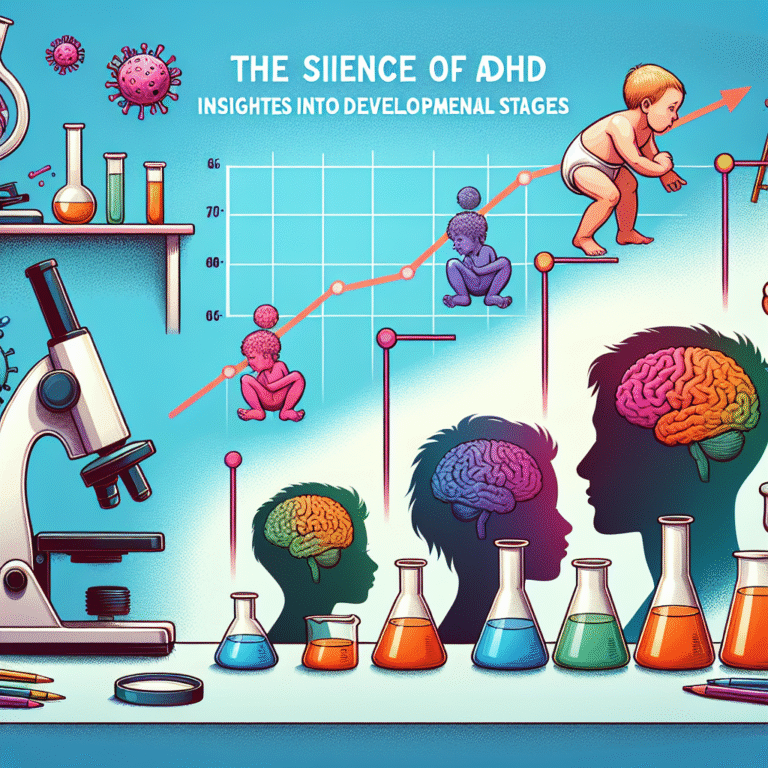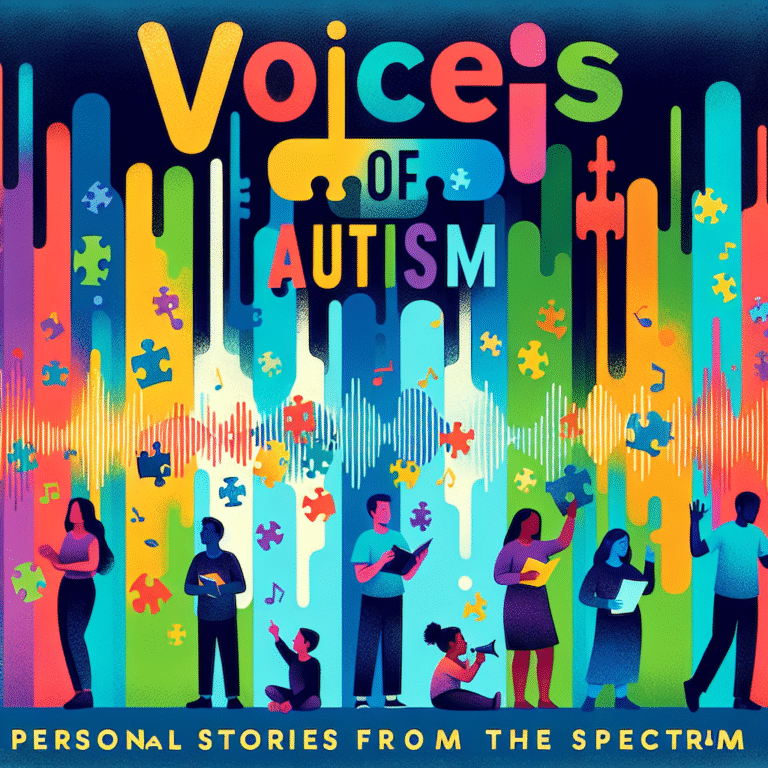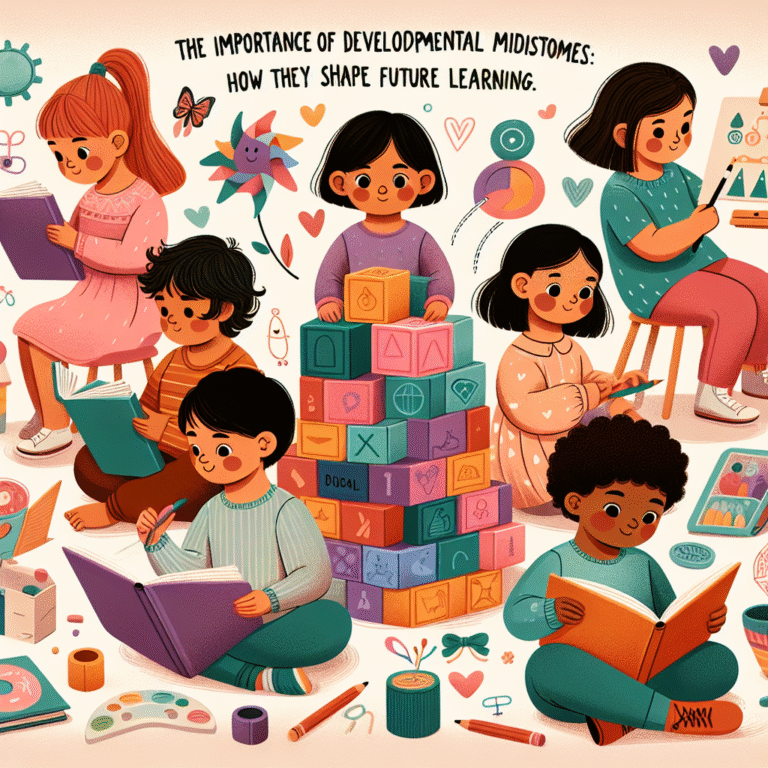
Do girls and boys with Attention Deficit Hyperactivity Disorder show the same symptoms? Research shows they don’t, and this affects how we diagnose and help them.
Gender differences in ADHD symptoms can lead to unfair treatment. Boys are often diagnosed because their symptoms are more obvious, like hyperactivity. Girls, on the other hand, might show less obvious signs, like inattention, which can be missed.
It’s important to understand these differences to give the right support. By looking into how ADHD affects girls and boys differently, we can meet their unique needs better.
Key Takeaways
- ADHD symptoms differ between girls and boys.
- Girls with ADHD often exhibit more subtle symptoms.
- Boys are more likely to be diagnosed due to overt symptoms.
- Understanding gender differences is key to proper diagnosis and support.
- Different supports are needed for girls and boys with ADHD.
Understanding ADHD Across Genders
It’s important to understand ADHD differently in each gender for better diagnosis and treatment. ADHD is a complex disorder that affects people in various ways. Research shows that gender greatly influences how ADHD is experienced.
The Neurobiology of ADHD
ADHD’s neurobiology involves brain structure and function differences. Studies reveal that ADHD brains have altered areas, mainly in attention and impulse control.

Research points to genetics and environment affecting ADHD brain development. Knowing this is key to creating effective treatments.
Why Gender Matters in ADHD Presentation
Boys with ADHD often show more hyperactivity and impulsiveness. Girls, on the other hand, tend to have more inattentive symptoms. This difference affects how ADHD is diagnosed and treated.
“The manifestation of ADHD symptoms can vary significantly between boys and girls, with boys often showing more overt hyperactivity and girls displaying more subtle inattentiveness.”
It’s essential for doctors and teachers to understand these gender differences. This knowledge helps them provide the right support and interventions.
| Aspect | Males | Females |
|---|---|---|
| Common Symptoms | Hyperactivity, Impulsivity | Inattention, Internalized symptoms |
| Diagnosis Rate | Higher | Lower |
The Current Landscape: ADHD in Girls vs Boys
Looking at ADHD diagnosis today, we see big differences between boys and girls. Studies show that boys get diagnosed more often than girls. This makes us wonder why there’s such a gap.
Prevalence Rates and Gender Disparities
Boys are more likely to be diagnosed with ADHD than girls, research shows. This might be because boys show symptoms like hyperactivity and impulsivity more. Girls, on the other hand, might show signs like inattention and emotional issues that are missed or misunderstood.
The gender disparity in ADHD diagnosis is a big deal. It affects how we study and treat ADHD. We need to understand that ADHD can look different in boys and girls to help everyone get the right diagnosis and support.
Historical Bias in ADHD Research and Diagnosis
ADHD research used to mainly focus on boys. This has led to a lack of knowledge about ADHD in girls. Now, we’re trying to include more girls in studies to learn about ADHD in both genders.
By recognizing and fixing these old biases, we can better understand ADHD in all people. This will help us give better care and support to everyone with ADHD.
Classic ADHD Symptoms in Boys
ADHD in boys shows up differently than in girls, with more obvious external behaviors. It’s key to grasp these differences to tackle the unique hurdles boys with ADHD face.
Hyperactivity and Impulsivity Markers
Boys with ADHD often show hyperactive and impulsive traits. They might fidget, be restless, or find it hard to sit in places like classrooms. These hyperactivity markers can really mess with learning and make it hard for them to focus.
Impulsivity in boys with ADHD can show up as interrupting others, blurting out answers, or having trouble waiting. These actions are tough for teachers and friends to handle. They also mess with the boy’s social life and self-control.
Externalizing Behaviors in Classroom Settings
In school, boys with ADHD tend to show externalizing behaviors like getting up, talking out of turn, or causing trouble. These behaviors are often easier to spot than inattentive symptoms, helping teachers to notice ADHD more.
Teachers are key in handling these behaviors. They can use strategies to channel the boy’s energy into better, less distracting activities. This might include extra physical activity breaks or positive rewards for good behavior.

Physical Manifestations of ADHD in Boys
ADHD in boys can show up as restlessness, fidgeting, and more physical activity. These signs are often easier to see than the mental or emotional parts of ADHD, making them a main focus for diagnosis and treatment.
It’s vital to understand these physical signs to create better support plans. By recognizing the physical side of ADHD, parents and teachers can help make environments that support boys with ADHD. This helps them manage their symptoms better.
How ADHD Presents Differently in Girls
Girls with ADHD often show symptoms that are hidden inside. This makes it tough for teachers and parents to spot the condition. Unlike boys, who might act out more, girls tend to be more inattentive.
The Predominantly Inattentive Presentation
Girls with ADHD often struggle with being disorganized, forgetful, and easily distracted. They might find it hard to finish tasks, follow directions, or stay focused in class.
Internalized Symptoms and Emotional Impact
Girls with ADHD often hide their symptoms, leading to feelings of anxiety, depression, and low self-esteem. These hidden symptoms can be hard to diagnose and treat.

Masking and Compensation Strategies
Girls with ADHD might use tricks to hide their symptoms. They might try to fit in by copying others or aim for perfection in their work.
Social Camouflaging
Girls with ADHD might try to hide their symptoms by acting like others. They might watch and imitate their friends to blend in, making it hard to see their ADHD.
Perfectionism as Compensation
Some girls with ADHD might become very perfectionistic. This can help them in some areas, but it can also lead to stress and burnout.
| Symptom Presentation | Girls with ADHD | Boys with ADHD |
|---|---|---|
| Primary Symptoms | Inattentive, internalized | Hyperactive, impulsive |
| Common Challenges | Disorganization, emotional difficulties | Hyperactivity, behavioral issues |
| Compensation Strategies | Social camouflaging, perfectionism | Often more overt, less camouflaged |
It’s important to understand how ADHD shows up differently in girls. By knowing these differences, teachers and parents can better help girls with ADHD. They can help these girls find ways to manage their symptoms effectively.
The Diagnosis Gap: Why Girls Are Often Missed
There’s a big gap in ADHD diagnosis between boys and girls. This gap is caused by how we refer patients, our own biases, and what society expects. Girls are often not diagnosed or diagnosed late, which means they miss out on the help they need.
Referral Patterns and Clinical Biases
Girls are less likely to be sent for ADHD tests than boys. This is because doctors and others don’t always see ADHD in girls. Boys are more likely to show signs like being too active and impulsive. Girls might show signs like being too quiet or worried, which makes them harder to spot.

The “Good Girl” Syndrome
Girls with ADHD often hide their symptoms. They might act very well or find ways to cope. This hiding can make it harder to find out they have ADHD. They might seem too focused or well-behaved, which makes it harder to diagnose them.
Later-Life Diagnosis Consequences
Getting diagnosed late can really hurt girls with ADHD. They might not get the help they need, which can hurt their self-esteem and mental health. It can also hold them back in school and work, because ADHD can make it hard to do well.
| Consequences of Delayed Diagnosis | Impact on Girls with ADHD |
|---|---|
| Untreated Symptoms | Persistent difficulties with attention, organization, and impulsivity |
| Lower Self-Esteem | Negative self-perception and reduced confidence |
| Mental Health Issues | Increased risk of anxiety, depression, and other mental health concerns |
We need to understand why girls are often missed in ADHD diagnosis. By knowing the challenges and biases, we can help girls get diagnosed and treated sooner.
Behavioral Differences in the Classroom
ADHD shows up differently in boys and girls in school. This affects how teachers see and handle it. It also changes how ADHD is diagnosed and treated in each group.
Boys: Disruption and Classroom Management Challenges
Boys with ADHD often act out more. They might jump up, interrupt, or have trouble waiting. Teachers see these actions as hard to handle, which can lead to more evaluations.
Girls: Daydreaming, Disorganization, and Quiet Struggles
Girls with ADHD tend to show signs like daydreaming and disorganization. They might have trouble following directions or managing time. These signs can be harder for teachers to spot, making it tough to recognize ADHD in girls.
Teacher Perception and Response Differences
Teachers see ADHD differently in boys and girls. Boys are often seen as troublemakers, while girls are seen as distracted or not trying. This view can influence how teachers help these students, affecting their school success.
Identifying Subtle Signs of Inattention
Teachers need to watch for small signs of ADHD, like trouble focusing or not finishing homework. Spotting these signs early can help students do better in school.
Academic Impact Variations by Gender
It’s important to understand how ADHD affects boys and girls differently in school. This knowledge helps create better learning plans for each gender.
Achievement Patterns in Boys with ADHD
Boys with ADHD often have trouble following rules and staying focused. This can hurt their grades, mainly in math and reading. These subjects need a lot of attention and organization.
How Girls’ Academic Performance Is Affected
Girls with ADHD usually have trouble paying attention. This makes it hard for them to stay organized and finish homework. But, they might also find ways to hide their struggles.
Subject-Specific Challenges and Strengths
Boys and girls with ADHD face different problems in school. They might find reading or math hard because of memory and speed issues. But, they can also be great at creative subjects like art or science.
| Subject | Common Challenges | Potential Strengths |
|---|---|---|
| Mathematics | Difficulty with problem-solving, working memory | Logical reasoning, pattern recognition |
| Language Arts | Reading comprehension, writing organization | Creative writing, verbal communication |
| Sciences | Attention to detail, experimental design | Innovative thinking, curiosity |
Teachers need to know these differences to help students with ADHD. This way, they can give the right support and help them do well in school.
Social and Emotional Consequences
Understanding ADHD’s social and emotional effects is complex, with boys and girls experiencing different things. ADHD affects more than just symptoms, touching on social life and emotional health.
Friendship Dynamics for Boys with ADHD
Boys with ADHD often show behaviors like hyperactivity and impulsivity. These can make it hard to keep friends. Studies show they might face more peer rejection, making social life tough.
Relational Challenges for Girls with ADHD
Girls with ADHD tend to hide their symptoms, showing as inattentiveness or emotional issues. This can make it hard to keep friends. Their symptoms are often missed or misdiagnosed, adding to their social and emotional struggles.
Long-term Psychological Impact by Gender
ADHD’s long-term effects differ for boys and girls. Boys might face more conduct disorder and antisocial behaviors. Girls are more likely to develop anxiety and depression.
Anxiety and Depression Comorbidity
Anxiety and depression are big concerns with ADHD, more so for girls. Research shows ADHD increases the risk of these mental health issues. The table below shows the gender differences in comorbidity rates.
| Condition | Boys with ADHD | Girls with ADHD |
|---|---|---|
| Anxiety Disorders | 25% | 35% |
| Depressive Disorders | 15% | 25% |
The table shows girls with ADHD face higher risks of anxiety and depression. This highlights the need for treatments that consider gender differences.
Assessment and Evaluation Considerations
Getting ADHD right means understanding how it shows up differently in boys and girls. This knowledge helps create better ways to spot ADHD in both genders.
Gender-Sensitive Screening Tools
Gender-sensitive screening tools are key to finding ADHD in boys and girls. Old methods often miss the signs in girls, who might show more internal signs. So, we need tools that catch these subtle signs.
Beyond Behavior: Comprehensive Assessment Approaches
For a true ADHD diagnosis, we must look at more than just behavior. We need to check on thinking, feelings, and how they interact with others. This holistic view helps us see ADHD’s full picture in each child.
When to Seek Professional Evaluation
If a child keeps having trouble paying attention, staying active, or acting impulsively, get help. Look out for red flags like daydreaming in girls or acting out in boys. These signs can mean ADHD is affecting their daily life.
Red Flags for Girls vs Boys
- Girls: Daydreaming, disorganization, emotional sensitivity
- Boys: Hyperactivity, impulsivity, physical aggression
Knowing these differences helps us spot ADHD early. With the right tools and a full assessment, we can help all kids succeed.
Tailored Treatment Approaches
Understanding ADHD and using gender-sensitive treatments is key. It’s important to know the unique needs of boys and girls with ADHD. This helps in creating effective treatment plans.
Medication Considerations Across Genders
Studies show that both boys and girls with ADHD can benefit from medication. But, their responses to different meds and doses can differ. Doctors need to keep these gender differences in mind when prescribing.
Behavioral Interventions for Boys
Boys with ADHD often do well with structured behavioral interventions. Two effective strategies include:
Physical Activity Integration
Regular physical activity can help reduce ADHD symptoms in boys. Adding physical activity to their daily routine is a valuable part of their treatment.
Structured Reward Systems
Boys with ADHD can benefit from a structured reward system. This helps them stay motivated and focused. It involves setting clear goals and rewarding them when these goals are met.
Therapeutic Strategies for Girls
Girls with ADHD need different therapeutic approaches. These should focus on their unique challenges and strengths.
Self-Esteem Building
Girls with ADHD often struggle with self-esteem. Therapies that boost confidence and self-worth are very helpful.
Executive Function Support
Girls with ADHD also benefit from support for executive function skills. This includes organization, planning, and time management.
The following table summarizes key differences in treatment approaches for boys and girls with ADHD:
| Aspect | Boys | Girls |
|---|---|---|
| Primary Interventions | Behavioral interventions, physical activity | Therapeutic strategies, self-esteem building |
| Focus Areas | Reducing hyperactivity, improving focus | Enhancing executive function, building self-esteem |
| Common Challenges | Impulsivity, classroom disruption | Inattention, internalized symptoms |
By tailoring treatments to individual needs and considering gender differences, healthcare providers can create more effective ADHD management plans.
School Support Strategies by Gender
ADHD support in schools needs a tailored approach for boys and girls. Schools offer various strategies, like classroom accommodations and IEP and 504 plans.
Classroom Accommodations for Hyperactive Presentations
Students with hyperactive ADHD often need special classroom help. This can include:
- Movement Breaks: Regular breaks to move around, reducing restlessness and improving focus.
- Fidget Tools: Giving students fidget toys or tools to manage excess energy discreetly.
Movement Breaks and Fidget Tools
Movement breaks and fidget tools are very helpful. For instance, a student might take a short walk during lessons or use a fidget spinner.
Clear Behavioral Expectations
It’s also key to have clear behavioral rules. Teachers should clearly tell students what’s expected and praise good behavior.
Supporting Inattentive Students
Students with inattentive ADHD need different help. This can include:
- Organization and Time Management Scaffolds: Giving tools and strategies for staying organized and managing time.
- Discreet Check-in Systems: Regular, quiet checks with teachers or staff to make sure students are doing well.
Organization and Time Management Scaffolds
Teachers can help inattentive students with organization and time management. This might mean using planners, breaking tasks into smaller steps, and setting reminders.
Discreet Check-in Systems
Discreet check-ins help students with inattentive ADHD without drawing attention. They ensure students get the support they need quietly.
IEP and 504 Plan Considerations
IEPs and 504 plans are vital for ADHD students. It’s important to tailor these plans to each student’s needs, considering their gender and ADHD presentation.
By focusing on individual needs and the differences in ADHD presentation between boys and girls, schools can greatly improve educational outcomes for these students.
Parenting Children with ADHD: Gender-Specific Approaches
Understanding the unique needs of children with ADHD is key to effective parenting. The symptoms of ADHD are the same for both boys and girls. But, how these symptoms show up and affect each child can be different. This means parents need to tailor their parenting to meet the specific needs of each gender.
Supporting Boys with ADHD at Home
Boys with ADHD often show more obvious signs like hyperactivity and impulsivity. To support them at home, create an environment that helps them use their energy well.
Channeling Energy Constructively
Getting boys involved in sports or physical activities can help manage their energy. Also, adding movement to daily tasks can keep them focused.
Consistent Discipline Strategies
Setting clear rules and consequences, along with positive reinforcement, can help manage impulsivity and hyperactivity. Being consistent helps boys understand what is expected of them.
Nurturing Girls with ADHD
Girls with ADHD might not show their symptoms as much, but they can be just as challenging. It’s important to validate their struggles and help them develop self-advocacy skills.
Validating Struggles and Strengths
Recognizing the challenges girls face and their strengths can boost their self-esteem. Creating a supportive environment where they feel understood and encouraged is key.
Building Self-Advocacy Skills
Teaching girls to express their needs and navigate social situations can empower them. Role-playing and open discussions are great tools for this.
Family Dynamics and Sibling Relationships
ADHD can affect family dynamics and sibling relationships. It’s important to find a balance that supports all children.
| Strategy | Boys with ADHD | Girls with ADHD |
|---|---|---|
| Physical Activity | High-energy sports | Structured dance or yoga |
| Emotional Support | Positive reinforcement | Validation of feelings |
| Discipline | Clear rules and consequences | Consistent positive reinforcement |
By using gender-specific approaches and considering family dynamics, parents can better support their children with ADHD. This creates a more harmonious and supportive home environment.
Conclusion: Moving Toward Gender-Informed ADHD Support
It’s key to understand how ADHD shows up differently in girls and boys. Girls might be missed or not diagnosed because their symptoms are hidden inside. We need to start seeing ADHD support in a way that fits everyone, no matter their gender.
More research is needed to help us tailor support for ADHD. We must recognize how ADHD looks different for everyone. This way, we can make a space where everyone with ADHD feels supported and included.
Supporting ADHD in a way that understands each person’s needs is important. This means we help them do well in school, with friends, and feeling good about themselves. By doing this, we make sure everyone with ADHD gets the help they need to succeed.














